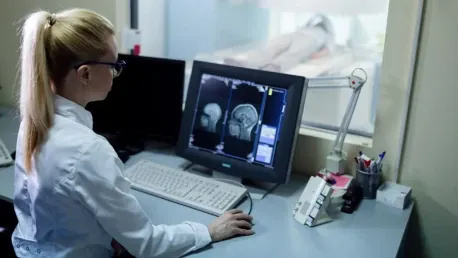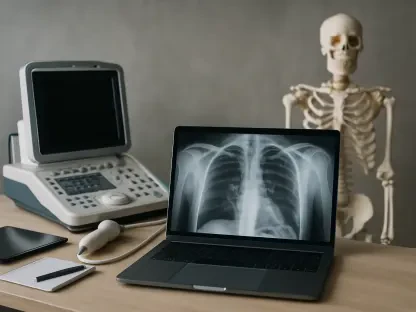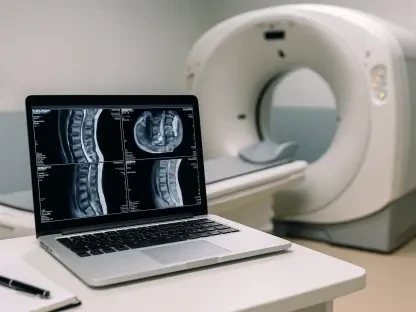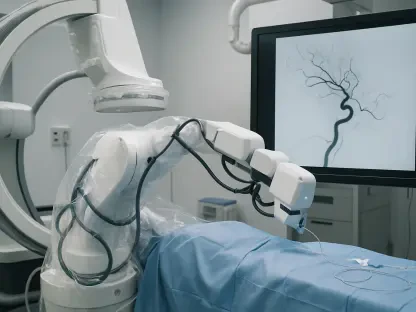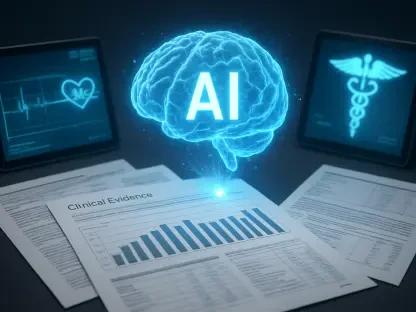Medical imaging is a cornerstone of modern healthcare, providing critical insights into patient diagnosis and treatment. Despite its fundamental role, many healthcare organizations fail to fully leverage the vast amounts of imaging data they collect. Enhancing data quality and streamlining workflows can unlock immense value, boosting patient care, operational efficiency, and clinical research. By adopting robust data governance protocols, automating data cleaning, providing ongoing training, and investing in workflow automation and artificial intelligence (AI), healthcare providers can redefine their approach to medical imaging.
1. Implement robust data governance protocols and guidelines
High-quality medical imaging data is essential for accurate diagnosis, effective treatment planning, and reliable clinical research. To achieve this, healthcare organizations must implement robust data governance protocols and guidelines. This involves establishing strict policies for data collection, storage, and usage, ensuring that all imaging data is accurate, complete, and consistently labeled. Governance protocols need to address common data quality issues such as incorrect information, incomplete studies, inconsistent labeling, and spelling or formatting errors.
Effective data governance starts with a clear framework that outlines the responsibilities and standards for data management. This framework should be continuously updated to adapt to new technologies and regulatory requirements. Furthermore, the governance model should promote transparency and accountability among all stakeholders involved in the imaging process. By adhering to these protocols, healthcare providers can minimize the risk of inefficiencies, manual interventions, and potential patient safety hazards, thus fostering an environment that prioritizes high-quality imaging data.
2. Utilize technology to automate data cleaning and standardization
Even with stringent data governance protocols, manual data cleaning processes can be labor-intensive and prone to errors. Utilizing technology to automate data cleaning and standardization can address these challenges effectively. Automated solutions enable healthcare providers to consistently and efficiently cleanse their imaging data, ensuring high data quality without the need for extensive human intervention. These technologies can quickly identify and correct issues such as incorrect body part identification, laterality conflicts, and missing information.
Automating data standardization also plays a crucial role in enhancing data quality. Through the use of advanced algorithms and machine learning models, imaging data can be standardized across different systems and formats. This ensures uniformity in labeling, naming conventions, and data structures, which are critical for accurate data analysis and retrieval. By leveraging technology for data cleaning and standardization, healthcare organizations can significantly reduce the risk of errors, enhance the integrity of their imaging data, and improve overall operational efficiency.
3. Provide ongoing employee training on best practices for data quality
The effectiveness of data governance protocols and automated solutions largely depends on the knowledge and skills of the healthcare staff handling the imaging data. Therefore, providing ongoing employee training on best practices for data quality is essential. Continuous education ensures that all staff members are well-versed in the latest guidelines, technologies, and procedures, fostering a culture of excellence in data management. Training programs should cover various aspects of data quality, including accurate data entry, proper labeling, and the use of automated tools.
Ongoing training also helps staff stay updated on regulatory changes and technological advancements that can impact data quality. Moreover, it encourages the adoption of a proactive approach to identifying and resolving data issues before they escalate. By investing in regular training sessions and workshops, healthcare providers can empower their employees to maintain high standards of data quality, ultimately leading to better patient outcomes and more efficient operations.
4. Consistently monitor key quality indicators and address issues promptly
To ensure that the high standards of data quality are maintained, it is crucial to consistently monitor key quality indicators and address issues promptly. Regular monitoring enables healthcare organizations to track the performance of their data management processes and identify any deviations from established standards. This involves setting up a comprehensive system for tracking metrics such as data accuracy, completeness, consistency, and timeliness.
By leveraging data analytics tools, healthcare providers can gain real-time insights into these key quality indicators and quickly pinpoint areas that require attention. Prompt resolution of data quality issues prevents them from compounding and potentially impacting patient care or operational efficiency. Implementing a robust monitoring framework allows organizations to maintain the integrity of their imaging data, ensuring that it remains a valuable asset for clinical and research purposes.
5. Chart and enhance entire imaging processes
Beyond data quality, optimizing the full scope of imaging processes is necessary to harness the full potential of medical imaging. This involves mapping and enhancing each step of the imaging workflow, from the initial ordering of imaging studies to the final reporting of results. Standardizing imaging protocols, optimizing naming conventions, and eliminating bottlenecks are vital components of this optimization process. These efforts result in smoother, more efficient workflows that enhance both productivity and accuracy.
Workflow enhancements should also focus on task automation and better resource allocation. Utilizing intelligent worklists can streamline the workload for radiologists, allowing them to focus on more complex tasks. Automation tools can handle routine tasks such as study routing and prefetching, reducing the need for manual interventions. By improving each aspect of the imaging workflow, healthcare organizations can shorten turnaround times, boost radiologist productivity, and ultimately enhance patient care.
6. Invest in workflow automation and AI tools to augment human abilities
While optimizing workflows is critical, the true potential of medical imaging data can be unlocked through investments in workflow automation and artificial intelligence (AI) tools. These technologies augment human abilities by automating routine tasks, identifying patterns in imaging data, and providing decision support to radiologists and healthcare providers. AI tools can analyze large volumes of imaging data rapidly, offering insights that can aid in more accurate diagnoses and treatment plans.
AI-driven imaging analysis also supports advanced use cases such as predictive analytics and population health management. By integrating AI tools into their workflows, healthcare organizations can enhance their diagnostic capabilities, improve patient outcomes, and streamline operations. Investments in these technologies represent a strategic move that not only augments human expertise but also drives innovation and operational efficiency across the healthcare ecosystem.
Conclusion
Medical imaging plays a vital role in modern healthcare, offering crucial insights that aid in patient diagnosis and treatment. Despite its importance, many healthcare organizations struggle to make full use of the extensive imaging data they gather. Improving the quality of this data and optimizing workflows can provide significant benefits, such as enhanced patient care, better operational efficiency, and more impactful clinical research. To achieve these goals, healthcare providers need to adopt strong data governance protocols, automate the data cleaning process, and provide continuous staff training. Additionally, investing in workflow automation and artificial intelligence (AI) can revolutionize the way medical imaging is handled, making it more efficient and effective. By implementing these strategies, healthcare organizations can better harness the power of medical imaging data, ultimately leading to improved outcomes for patients and more streamlined operations within the medical field.
